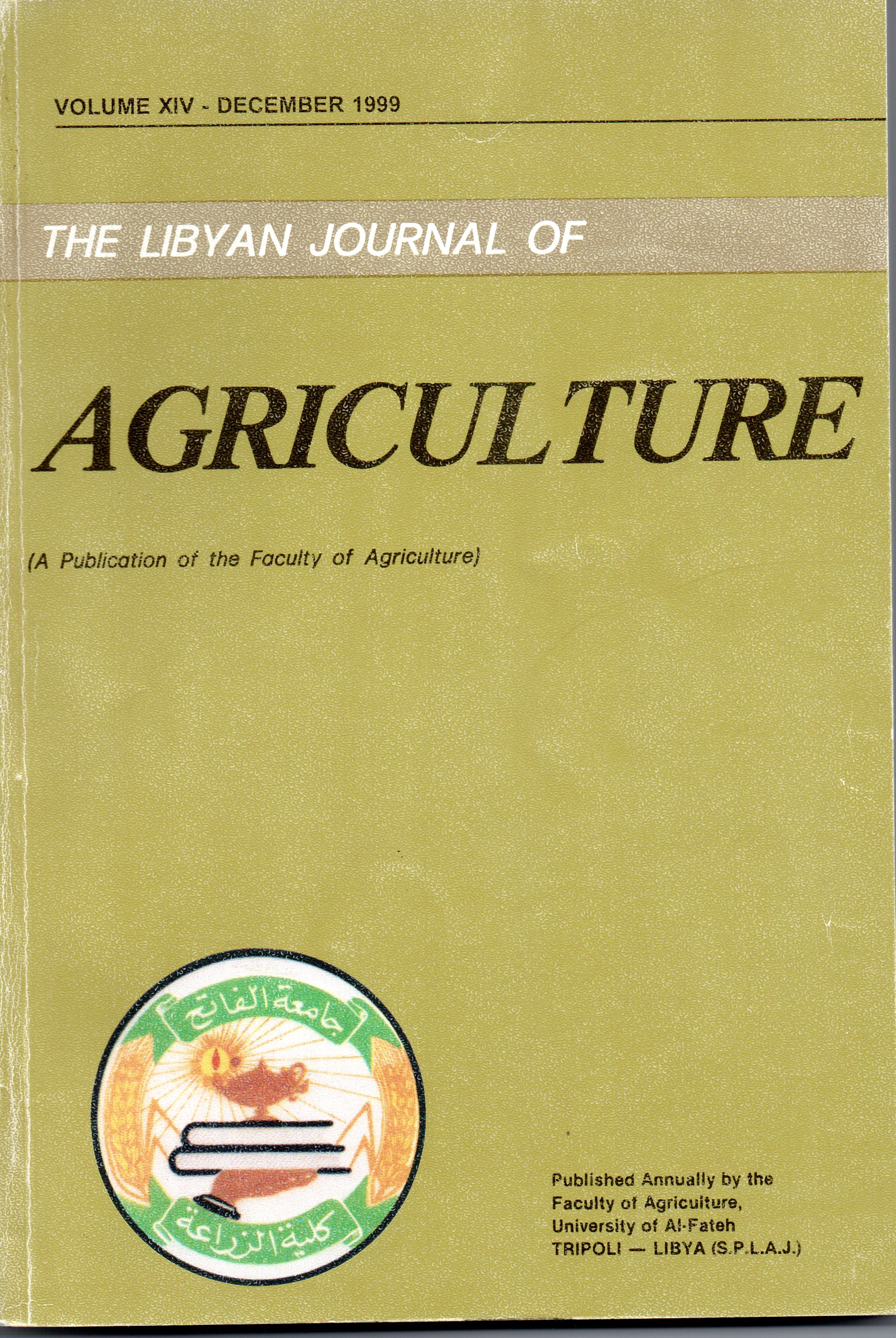Effect of vesicular - arbuscular mycorrhizal fungi on growth of olive seedings (Olea europaea L.) under different nutrient levels
Main Article Content
Abstract
The effect of vesicular-arbuscular mycorrhizal inoculation and fertilization level on olive growth (Olea europaea L.) was investigated. Olive seedlings were grown in a low phosphorus silt-clay soil and were either inoculated with Glomus fasciculatum Gerd, and Trappe and fertilized monthly with 0, 5, 10, 20 or 40g Crystalon per pot or non-inoculated without fertilizer application.
Mycorrhizal infection increased with the increase in levels of fertilizer application. Plant growth response to mycorrhizae was greater at low fertilizer level (5g/pot) and high rates of supplied fertilizer showed lower mycorrhizal effectivity. Shoot to root fresh weight ratio of mycorrhizal olive seedlings was the highest when grown at 10 and 20g fertilizer per pot. A positive correlation was found between leaf content of phosphorus and potassium and the level of supplied fertilizer. High levels of fertilizer appeared to inhibit the mycorrhizal efficiency and to stimulate non-mycorrhizal seedlings to grow as well as mycorrhizal seedlings. On the average, olive seedlings response to G. fasciculatum was the greatest at 5g nutrient regime.

